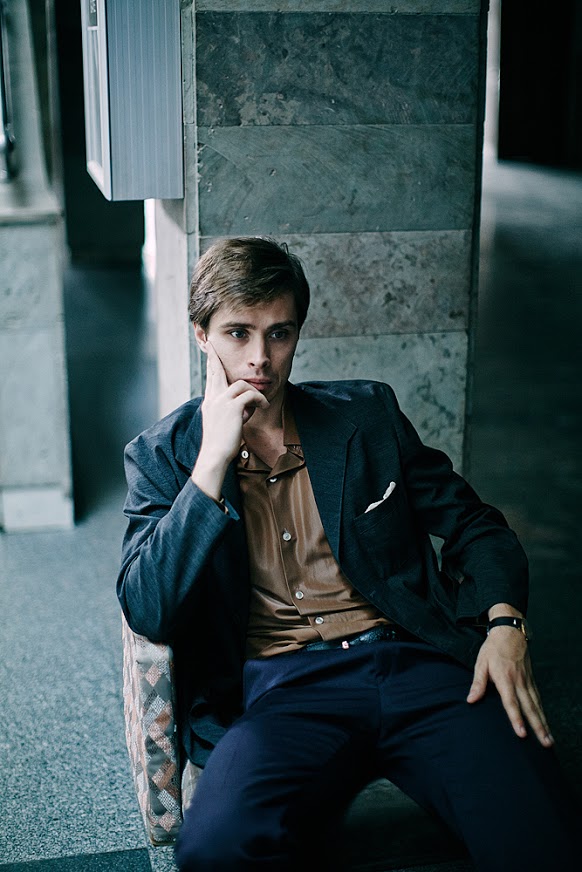Rudolf Nureyev: Dance to Freedom — Film Review from The Independent
- Details
RUDOLF NUREYEV: DANCE TO FREEDOM, TV REVIEW: DOCU-DRAMA KEEPS A STEP AHEAD OF THE USUAL CLICHES
The Independent — 20 December 2015
by Jeff Robson
The performances and production values were far superior to the usual examples of the genre
Ballet didn’t loom large in my world when I was growing up. But in the Sixties and Seventies you didn’t have to be an aficionado to know about Rudolf Nureyev.
One of the most famous Russian defectors, well-known enough to be namechecked as “Rudolf Near-Enough” by Morecambe and Wise, he was a symbol of artistic freedom and defiance of state tyranny.
That wasn’t quite the whole story, of course, as this fascinating docu-drama made clear. Nureyev came across as the archetypal temperamental artist, unwilling to be told what to do by anyone. And his sudden escape from his KGB guards at Le Bourget Airport in Paris on 16 June 1961 seemed less a grand ideological statement and more a spontaneous act of defiance from a young man suddenly exposed to the seductive glamour of life in the West.
But in detailing the events that led to his defection, the writer/director Richard Curson Smith gave a vivid picture of life under the microscope of Soviet Russia at the height of the Cold War, where cultural figures like “Artist Nureyev” were propaganda tools subjected to even greater discipline and surveillance than the ordinary citizen.
All this, added to the iron traditions of the Kirov Ballet, whose leading lights were constantly exasperated by their mercurial rising star, meant his arrival in Paris on the Kirov’s first major European tour was a life-changing taste of a freewheeling, bohemian world. When the KGB, incensed by his fraternising with the capitalists, tried to recall him just as the company prepared to board a plane for London, the stage was set…
The film spoke to all the key figures in the drama, securing an exclusive interview with Clara Saint, the enigmatic socialite who has previously refused to speak of her relationship with Nureyev. And the performances and production values were far superior to the usual examples of the genre.
Artem Ovcharenko, a dancer with the Bolshoi Ballet, was the image of the young “Rudy”, capturing both his maddening narcissism and endearing charm. And his recreation of the performances that captivated the Paris audiences were a reminder that Nureyev’s high opinion of his talents was well deserved.

